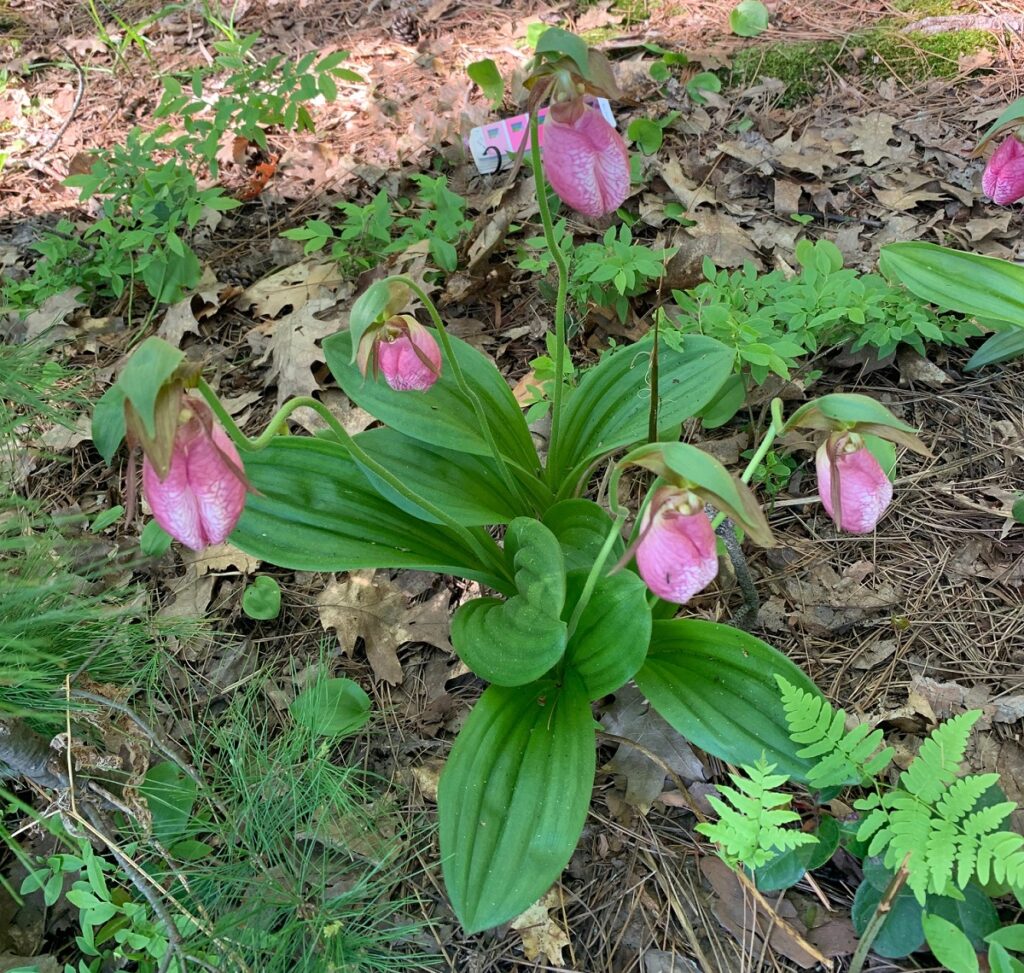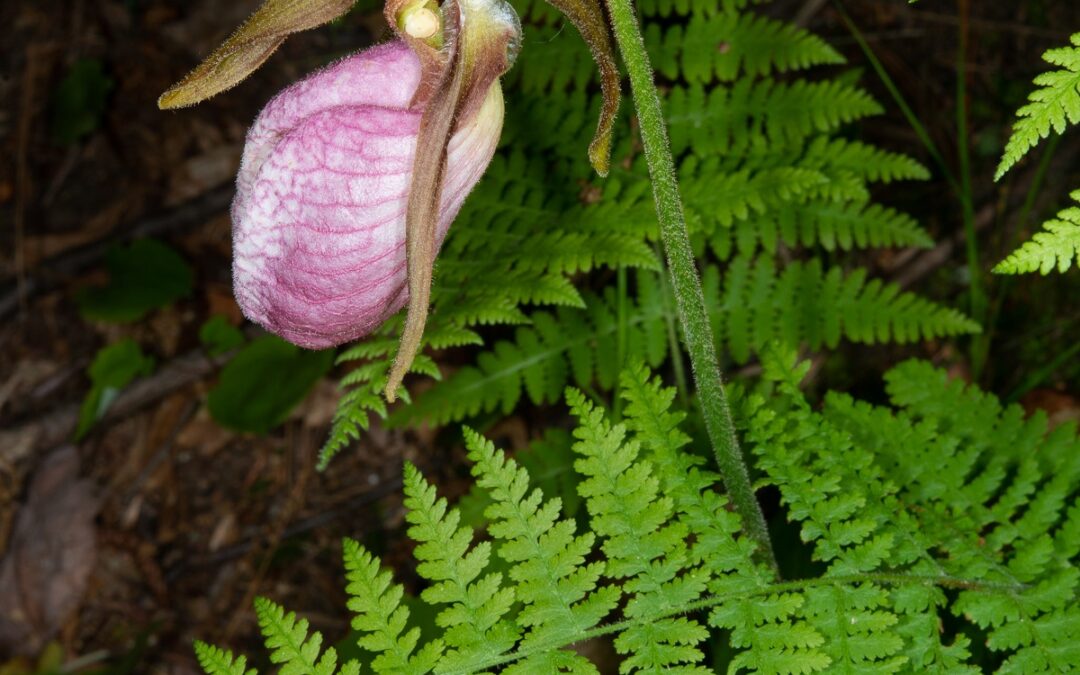Botanical painting, as we think of it, started in the 16th century during the Renaissance as a way to record what a plant looked like. Navigation of the world’s oceans was a new possibility, so plant collections from foreign places (that is, places outside Europe) were established. Kew Gardens is a good example of a public garden started to highlight plants that are not common in Europe, but that are found in different parts of the world.
Leonardo da Vinci (1452-1519) was one of the first artists who recorded scientific information with drawings and paintings. Many scientists enthusiastically trudged through forests and jungles finding and identifying plants. Carl Linneaus (1707-1778) established a system for organizing plants that we still recognize today. He used a scientific nomenclature based on Latin that identified a plant by its genus name and its species name. So a plant called Rosa acicularis is a rose that is prickly (acicularis refers to small thorns).
Many painters in Europe began recording flowers. Usually financed by royalty in European cities, artists such as Pierre-Joseph Redoute (1759-1840) is recognized as one of the most important botanical illustrators of this early period. He not only completed thousands of watercolor paintings of flowers, he set a very high standard for botanical illustration going forward. His paintings are often referred to today as models for botanical illustration.
At this time almost all plants have been catalogued and recorded. There are jungles in Indonesia where new plants are being discovered, but most plants in Europe and North America have already been identified. Many of our plants have even been divided according to DNA research. For instance, goldenrods are now divided into several new genera according to new DNA information. The original genus for goldenrod was Solidago, but now we have several others including Euthamia and Oligoneuron.
The exciting aspects of biological painting for me are not, therefore, only identifying plants. This work has been accomplished. Instead, I love the excitement of seeing a new flower in the woods, or collecting a little strawberry from the roadside as I walk my dog. I am thrilled when the monarch butterflies find my carefully nurtured swamp milkweed (Solidago incarnata), or when a bumble bee falls asleep on my coneflower (Rudbeckia laciniata).

Recently a friend showed me their pink mocassin flowers. These are a kind of lady slipper flower. The two pictures on this page are ones I took in preparation for making a pencil drawing and a painting of these delicate flowers. I am excited to get started, but the detail will take me several weeks to complete. I returned a second time to check my measurements and to be sure the size was correct. Of course, these flowers cannot be picked, because they are too precious and very unique. So I will take great care not to step on them.
Flowers like these call out for me to encourage others to enjoy them and to help preserve them for my grandchildren and for their grandchildren. So I will paint plants in order to create a new environmental picture of nature. Then we can envision plants as part of a complex system with insects, birds and other animals.


